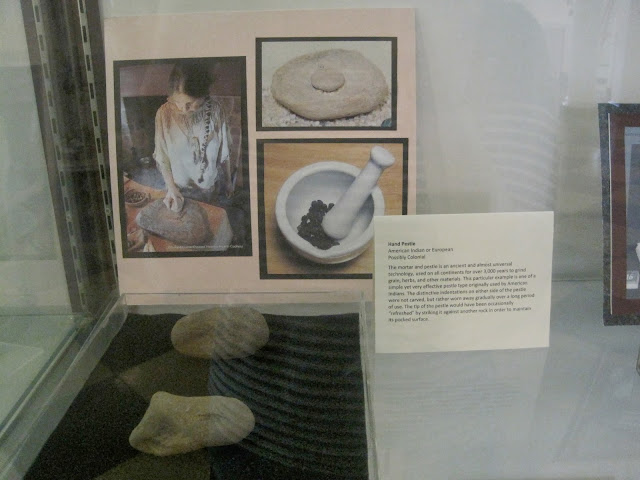 Yesterday Laurie and I went to the graveyard to get some pictures of it in the newly fallen snow. It was really the perfect day for photos - sunny, and the snow was completely pristine other than a few rabbit tracks. Laurie noted how the snow on these gravestones seemed to wash up onto them like waves.
Yesterday Laurie and I went to the graveyard to get some pictures of it in the newly fallen snow. It was really the perfect day for photos - sunny, and the snow was completely pristine other than a few rabbit tracks. Laurie noted how the snow on these gravestones seemed to wash up onto them like waves.
It was also a perfect day for reading the gravestones. At certain times of the year and times of the day, many stones are illegible. Yesterday I was able to make out details that I had never seen before, despite having visited the graveyard roughly three billion times. For instance, I had seen George See's name in the cemetery index, but I had never noticed his grave (below), despite the fact that it's fairly prominently situated in the graveyard. He was a Civil War veteran.

The snow in this area (below) was covered in multi-colored sparkles. Although you can't see them in the photo, you can see how the snow molds itself to the topography, creating its own kind of geophysical map!

Laurie and I were amused by the way that the snow seemed to form a fleece around the tiny sheep on Howard Green's gravestone. It looked very sweet - and the stone itself looks like it's wrapped in a white blanket.

The light brought out the faint gray stripes in Martha Brundage's marble gravestone. I keep having to remind myself that when they were new all of these marble stones would have been brilliant white.

Like this, for example. While not as white as it would have been in the 1840s, Catherine Sarles's stone is pretty nicely preserved. This was an excellent day to view willows, which are often the hardest motifs to see (in my experience; this is probably because most willows were carved in marble).
The inscriptions on the obelisk of the Hall family were coated in ice on every side. I noticed that the monument itself is dated 1895 (which you can't see in the photo). That was the year that James Smith Hall, the patriarch, died. I'm assuming that it was his death that prompted his family members to put up the monument - or maybe it was stipulated in his will. In any case, it was inscribed with the names of James's daughters who had already died and later was inscribed with the name of his wife.

This child's grave is located all the way at the back of the cemetery, in the Methodist part, along the wall.
Here's another example of a family that decided to put willows on all of their graves. As you can see, they are subtly different. Some of the willows are more realistic, others more abstract. Some are encased in a circle, others are outlined more closely.

The rabbit tracks shown here below the Sands family plot continued down the hill and wrapped around part of the Episcopal cemetery.

It was nice to see the cemetery again after what seemed like a long separation. It's strange to think of all our STPs, the foundation wall, and all of the artifacts we haven't yet uncovered hidden under the blanket of snow (as well as a layer of dirt). I am hoping that spring comes early so that we can resume our work!



















